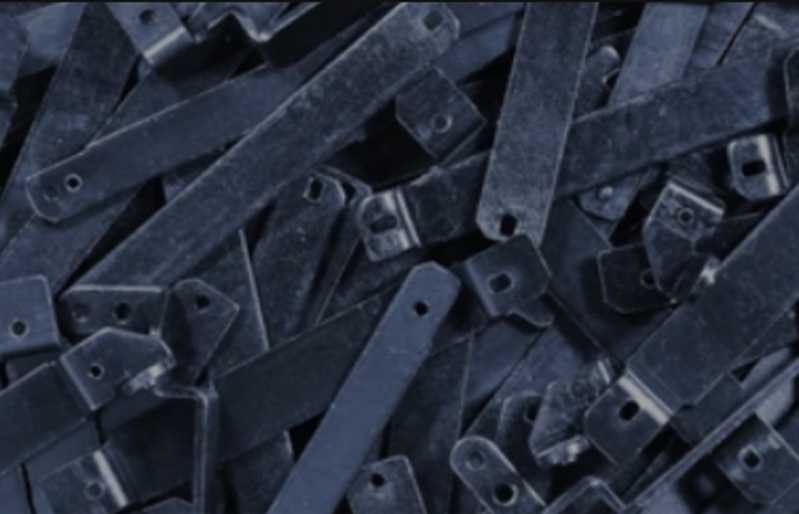Introduction:
In today’s fast-paced and competitive world, innovation and creativity are key factors that drive the success of any business or industry. The ability to transform abstract ideas into tangible reality is what separates visionary companies from the rest. Prototype manufacturing plays a crucial role in this process by bridging the gap between concept and actual product. This article aims to explore the significance of prototype manufacturing and how it helps in turning innovative ideas into reality.
Understanding Prototype Manufacturing:
Prototype manufacturing is the process of creating a preliminary version of a product to test its viability, functionality, and design before mass production. It involves converting conceptual ideas into physical models or working prototypes. These prototypes serve as a tangible representation of the idea, allowing engineers, designers, and stakeholders to evaluate its feasibility and make any necessary modifications or improvements.
Importance of Prototype Manufacturing:
1. Concept Validation:
Prototyping allows inventors, designers, and entrepreneurs to validate their concepts and ideas. By creating a physical prototype, they can test the functionality, identify design flaws, and make necessary adjustments. This validation process helps save time and resources that would otherwise be wasted on the development of an unproven product.
2. Iterative Design:
Prototyping facilitates an iterative design process where multiple iterations can be made to refine and enhance the product. Through continuous feedback and testing, designers can identify and address issues, leading to a superior final product. This iterative approach ensures that the end result meets the desired specifications and requirements.
3. Cost Reduction:
Prototype manufacturing helps identify potential manufacturing and assembly issues at an early stage. By detecting these issues before mass production, companies can avoid expensive rework or recalls. Moreover, it allows for cost optimization by evaluating different materials, manufacturing processes, and components, thereby reducing production costs in the long run.
4. Investor and Stakeholder Communication:
Prototypes provide a tangible representation of the product, making it easier for inventors and entrepreneurs to communicate their vision to potential investors and stakeholders. A physical prototype allows them to demonstrate the product’s functionality, features, and benefits, increasing the chances of securing financial support or partnerships.
5. Market Research and Analysis:
Prototypes can be used as market research tools to gather feedback from potential customers and target audiences. By testing the prototype with the end-users, companies can identify user preferences, understand market dynamics, and make informed decisions about product development and marketing strategies.
The Process of Prototype Manufacturing:
1. Conceptualization:
The first step in prototype manufacturing is creating a clear and detailed concept of the product. This involves brainstorming, sketching, and defining the product’s purpose, features, and target audience.
2. Design and Engineering:
Once the concept is finalized, designers and engineers transform it into a technical design. Computer-aided design (CAD) software is often used to create precise and accurate 3D models of the product. This stage includes selecting appropriate materials, determining dimensions, and considering manufacturing processes.
3. Prototype Creation:
Using the technical design as a reference, the physical prototype is created. This can be done through various methods such as 3D printing, CNC machining, or manual fabrication. The choice of method depends on factors like complexity, material, and desired accuracy.

4. Testing and Evaluation:
The created prototype is then tested rigorously to assess its functionality, durability, and performance. Feedback from stakeholders, designers, and potential users is collected to identify any necessary improvements or modifications.
5. Iterative Refinement:
Based on the feedback and test results, the prototype is refined through multiple iterations until it meets the desired standards. The iterative refinement process ensures that the final product is optimized for performance, manufacturability, and user satisfaction.
Conclusion:
Prototype manufacturing plays a vital role in transforming innovative ideas into tangible reality. It allows inventors, designers, and entrepreneurs to validate their concepts, refine their designs, and optimize their products. By investing in prototype manufacturing, companies can reduce costs, improve product quality, and increase market acceptance. With continuous advancements in technology and manufacturing processes, the future of prototype manufacturing looks promising, opening doors to endless possibilities and groundbreaking innovations.
-

- CNC machined parts Steering bracket
-

- Thixomolding hissələri və komponentləri cib telefonunun orta lövhəsi işlənir
-

- Yüksək dəqiqlikli maqnezium tiksomolding komponentləri İHA örtüyü
-

- Maqnezium ərintisi tiksomolding kalıp tökmə İHA hissələri
-

- Uşaqlar üçün velosipedlər 3-16 yaşlı uşaqlar üçün uşaq velosipedləri /OEM körpə uşaq velosipedi Uşaq dağ velosipedləri 2022
-

- Mangensium ərintisi tökmə Thixomolding metal əyləclər

 0086-750-5616188
0086-750-5616188 +86 13392089688
+86 13392089688 sales@zhongmei-tech.com
sales@zhongmei-tech.com







